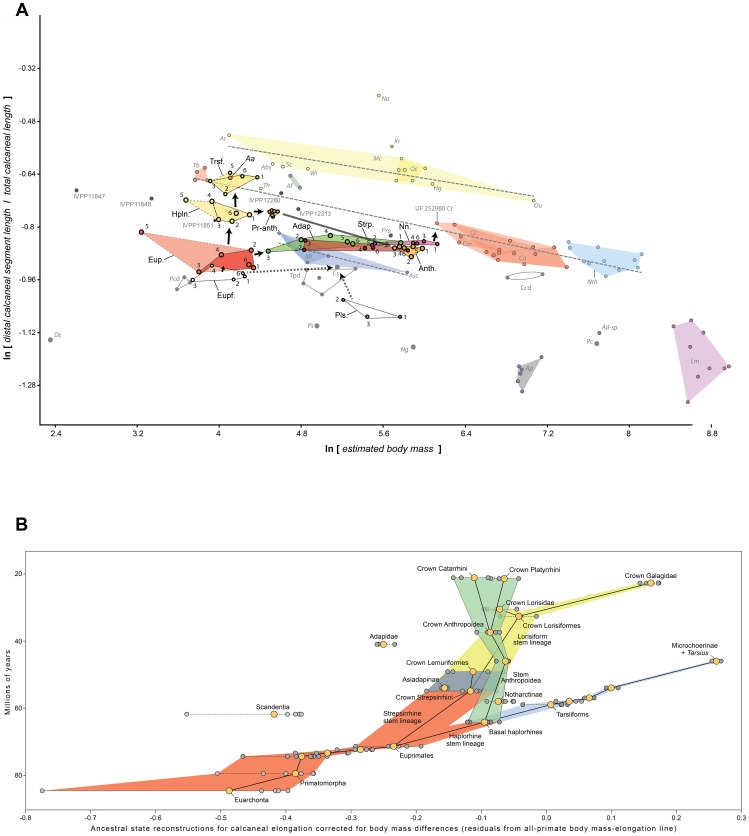Figure 9. Plots of ancestral state reconstructions for nodes of interest in primate evolution.
A, Nodal transitions imposed on fossil morphospace. We plot ancestral state reconstructions (ASR) of body mass and Calcaneal Elongation index on the morphospace of real taxa to visualize the PGLS-inferred pattern of calcanaeal evolution in the transition from stem- to Euprimates. Colored polygons with numbered points represent ancestral reconstructions for a given clade among different trees (i.e., different numbers indicate different trees – see Tables S2–S7 in File S1; Fig. 8). Note that there is slight overlap in the polygons representing the realm of euprimateform ASRs and Euprimate ASRs. The trajectory of change from the plesiadapoid ASRs to Carpolestes simpsoni is important for this analysis: it corroborates the idea that increases in grasping capacity should be linked to increases in calcaneal elongation, as C. simpsoni differs from other plesiadapids in having more proficient grasping capabilities and greater calcaneal elongation, but no evidence of greater leaping proclivities, otherwise [15]. Alternatively, if C. simpsoni is reconstructed as the sister taxon of euprimates (6), its position in the phylogeny is consistent with a basal trend of gradually increasing elongation relative to body mass. Regardless of tree used, the euprimate ancestor has lower elongation for its mass than any sampled taxon. This suggests parallel increases in early haplorhines and strepsirrhines coincidentally moved Teilhardina and Cantius onto the same regression line as defined by all euprimates. Non-allometric changes evolved through elongation at relatively constant body mass in haplorhines, and through increases in body mass, with only slight increases in elongation among strepsirrhines. B, Elongation residuals for ASRs relative to the “all euprimate” regression line (y = −0.068×+−0.39). Note this shows that despite different evolutionary trajectories of body mass and elongation change in early strepsirrhines and early haplorhines, both show similar changes in residual elongation relative to the “euprimate node.” Abbreviations: Aa, Archicebus achilles; Adap, Adapiform/ancestral strepsirrhine nodes; Anth, Anthropoid nodes; Eup, Euprimate nodes; Eupf, Euprimateform nodes; Hpln, Ancestral Haplorhine nodes; Pcd, Ptilocercidae; Tpd, Tupaiidae; Trsf, Tarsiiform nodes; Ccd, Cynocephalidae; Pr-anth, Protoanthropoid (including eosimiids) nodes; Nn, Notharctine nodes; Prs, Proteopithecus sylviae; see previous figures for other abbreviations.

